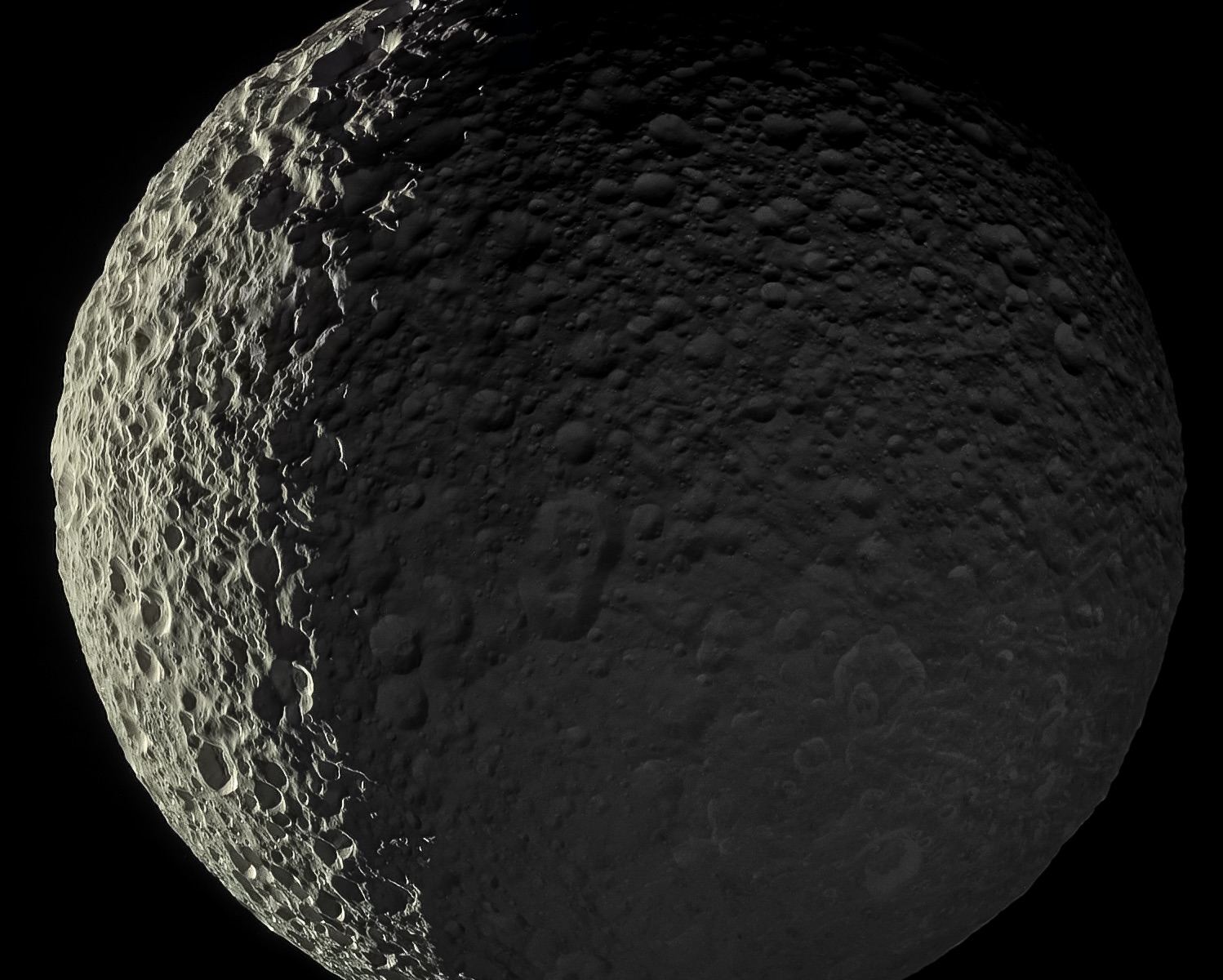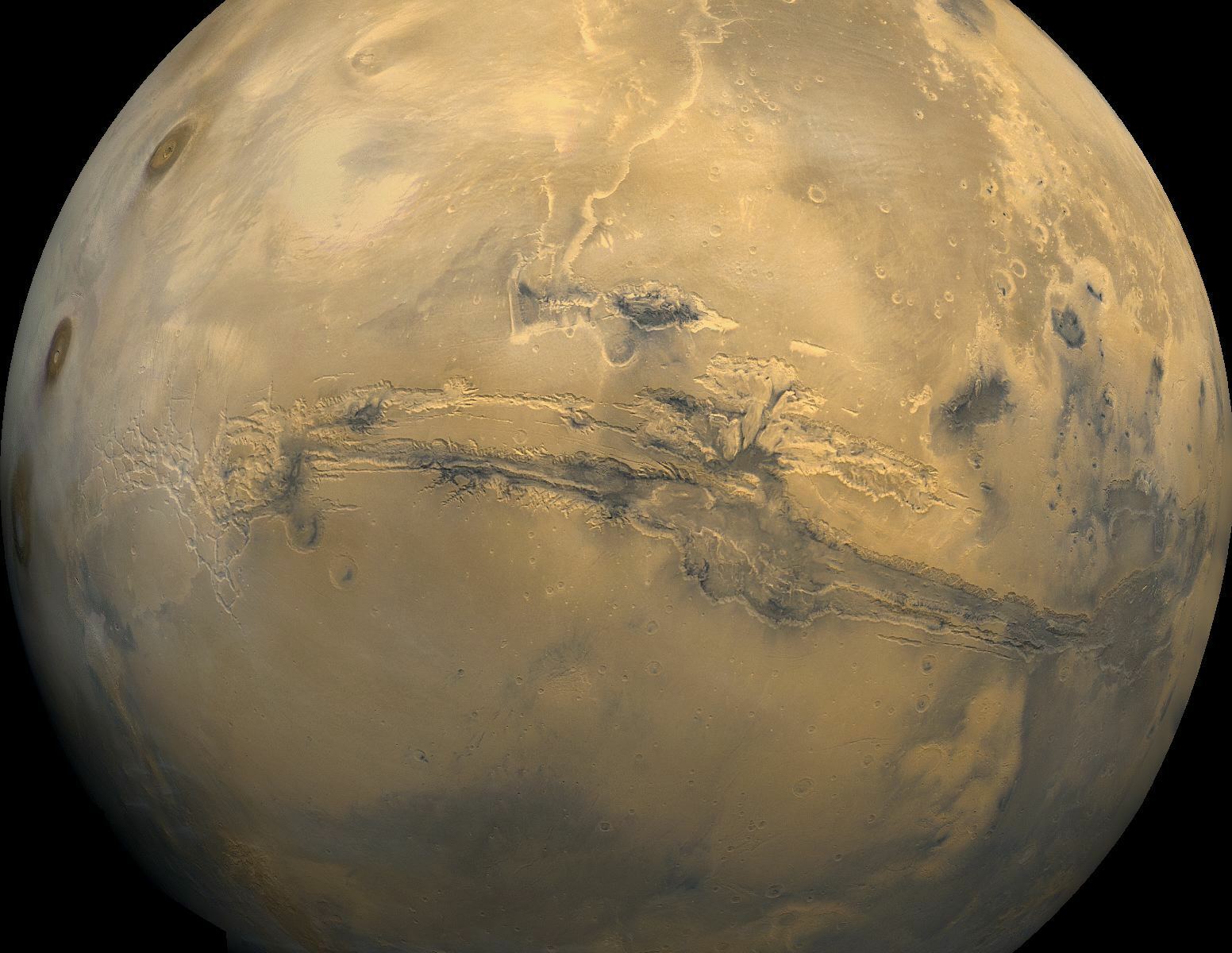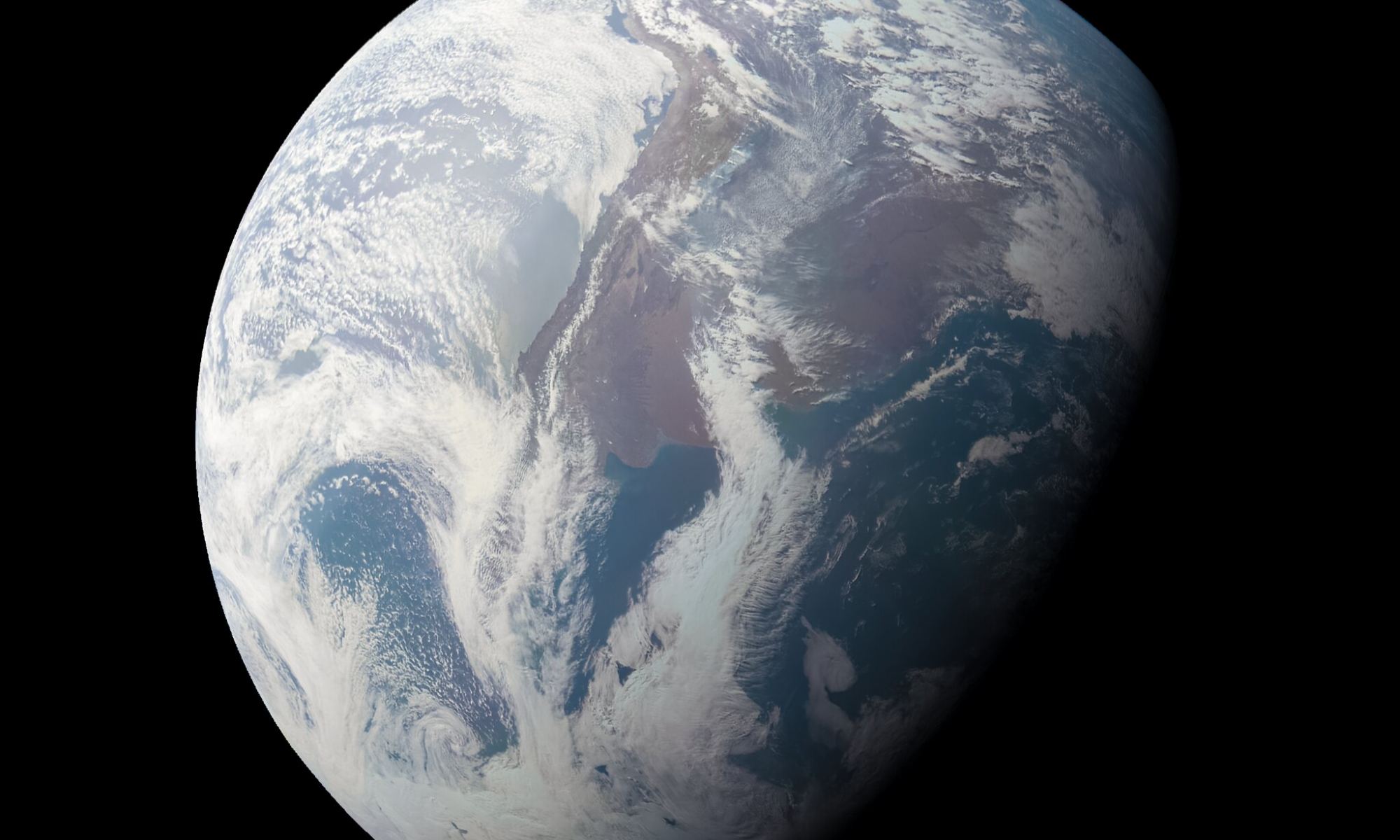Data from the Cassini mission keeps fuelling discoveries. The latest discovery is that Saturn’s tiny moon Mimas may have an internal ocean. If it does, the moon joins a growing list of natural satellites in our Solar System that may harbour liquid water under their surfaces.
Continue reading “Even Tiny Mimas Seems to Have an Internal Ocean of Liquid Water”Remember When Life was Found in a Martian Meteorite? Turns out, it was Just Geology
The Alan Hills meteorite is a part of history to Mars aficionados. It came from Mars and meteorite hunters discovered in Antarctica in 1984. Scientists think it’s one of the oldest chunks of rock to come from Mars and make it to Earth.
The meteorite made headlines in 1996 when a team of researchers said they found evidence of life in it.
Did they?
Continue reading “Remember When Life was Found in a Martian Meteorite? Turns out, it was Just Geology”Life on Earth Needed Iron. Will it be the Same on Other Worlds?
A lot has to go right for a planet to support life. Some of the circumstances that allow life to bloom on any given planet stem from the planet’s initial formation. Here on Earth, circumstances meant Earth’s crust contains about 5% iron by weight.
A new paper looks at how Earth’s iron diminished over time and how that shaped the development of complex life here on Earth. Is iron necessary for complex life to develop on other worlds?
Continue reading “Life on Earth Needed Iron. Will it be the Same on Other Worlds?”Did Cosmic Dust Deliver the Phosphorus Needed for Life?
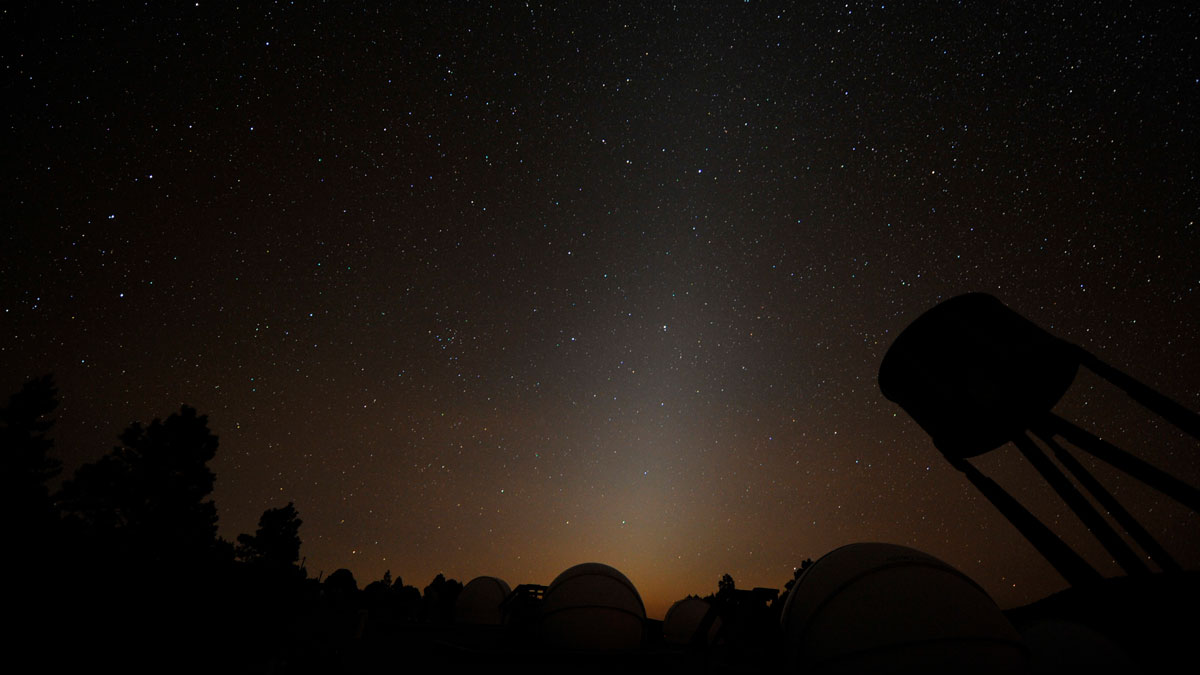
Without phosphorus, there’s no life. It’s a necessary part of DNA, RNA, and other biological molecules like ATP, which helps cells transport energy. But any phosphorus that was present when Earth formed would’ve been sequestered in the center of the molten planet.
So where did phosphorus come from?
It might have come from cosmic dust.
Continue reading “Did Cosmic Dust Deliver the Phosphorus Needed for Life?”Is That a Fossil on Mars? Non-Biological Deposits can Mimic Organic Structures
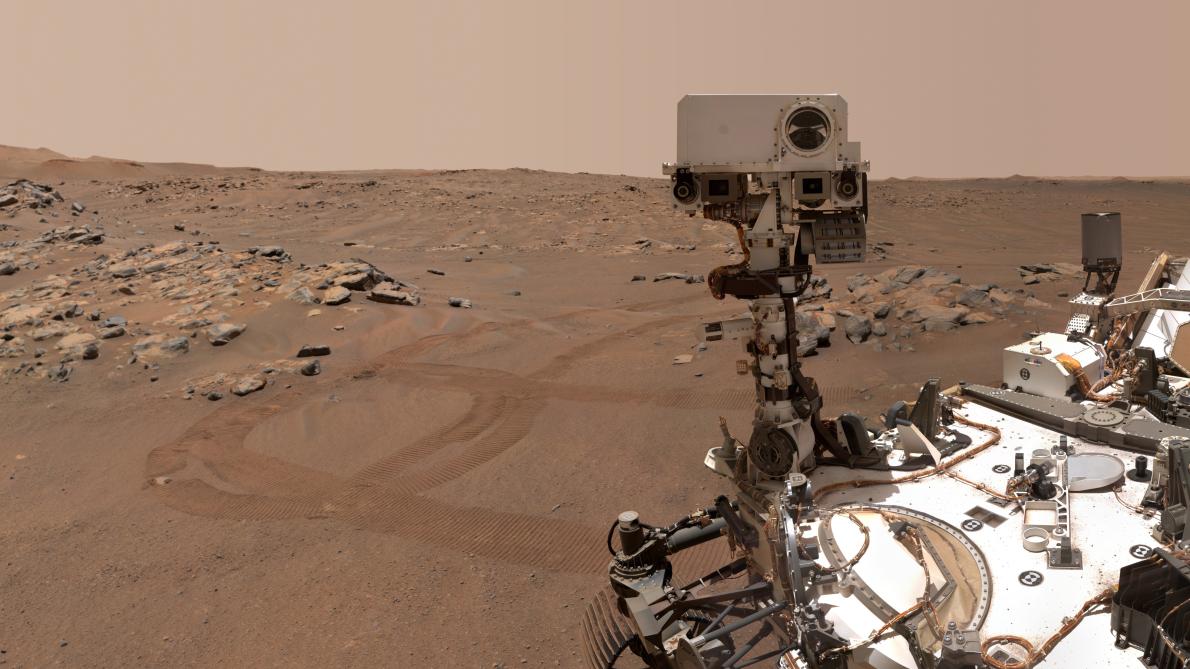
There’s nothing easy about searching for evidence of life on Mars. Not only do we somehow have to land a rover there, which is extraordinarily difficult. But the rover needs the right instruments, and it has to search in the right location. Right now, the Perseverance lander has checked those boxes as it pursues its mission in Jezero Crater.
But there’s another problem: there are structures that look like fossils but aren’t. Many natural chemical processes produce structures that mimic biological ones. How can we tell them apart? How can we prepare for these false positives?
Continue reading “Is That a Fossil on Mars? Non-Biological Deposits can Mimic Organic Structures”Perseverance has Collected its First Sample of Mars and Prepared it for Return to Earth… Eventually
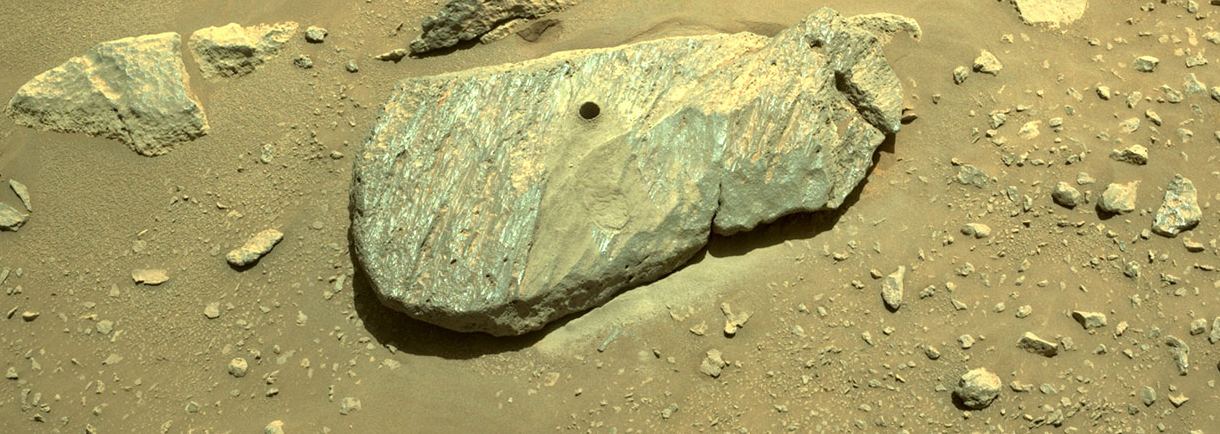
It’s another first for NASA.
In early September, the Perseverance rover successfully used its robotic arm and drill to drill into a rock and extract a sample. It extracted a rock core about 6 cm (2 in) long and placed it inside a sealed tube. This is the first time a robotic spacecraft has collected a sample from another planet destined for a return to Earth on a separate spacecraft.
Now we wait for the eventual return of the sample to Earth.
Continue reading “Perseverance has Collected its First Sample of Mars and Prepared it for Return to Earth… Eventually”The Interior of Enceladus Looks Really Great for Supporting Life
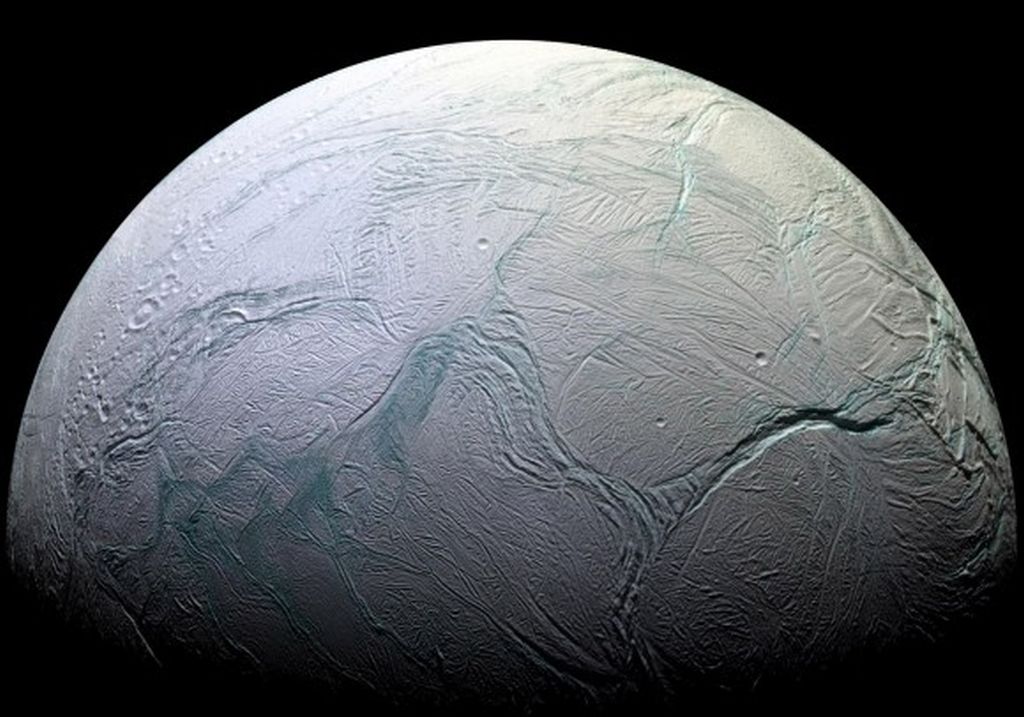
When NASA’s Voyager spacecraft visited Saturn’s moon Enceladus, they found a body with young, reflective, icy surface features. Some parts of the surface were older and marked with craters, but the rest had clearly been resurfaced. It was clear evidence that Enceladus was geologically active. The moon is also close to Saturn’s E-ring, and scientists think Enceladus might be the source of the material in that ring, further indicating geological activity.
Since then, we’ve learned a lot more about the frigid moon. It almost certainly has a warm and salty subsurface ocean below its icy exterior, making it a prime target in the search for life. The Cassini spacecraft detected molecular hydrogen—a potential food source for microbes—in plumes coming from Enceladus’ subsurface ocean, and that energized the conversation around the moon’s potential to host life.
Now a new paper uses modelling to understand Enceladus’ chemistry better. The team of researchers behind it says that the subsurface ocean may contain a variety of chemicals that could support a diverse community of microbes.
Continue reading “The Interior of Enceladus Looks Really Great for Supporting Life”Solid Phosphorus has been Found in Comets. This Means They Contain All the Raw Elements for Life
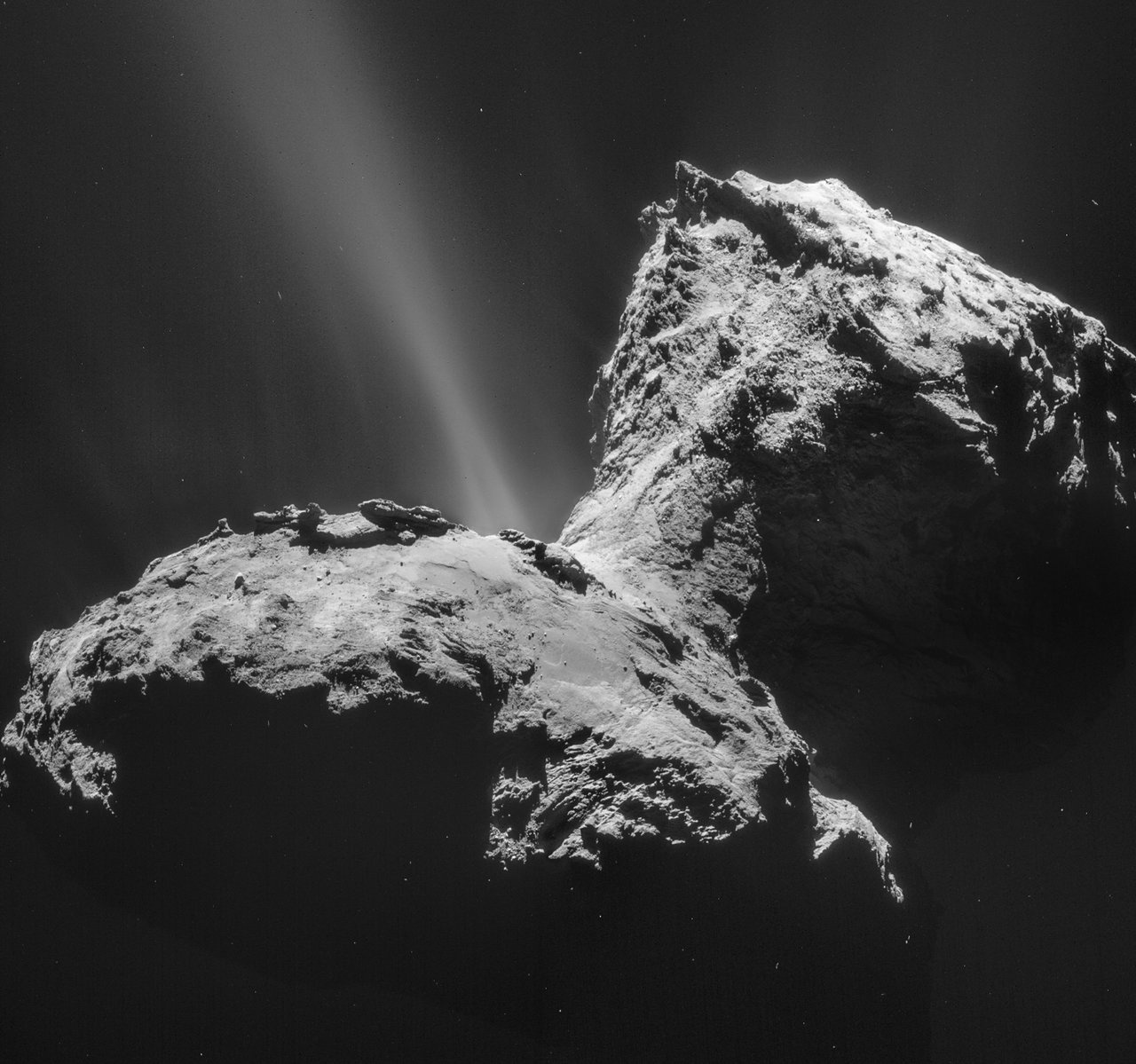
Did comets deliver the elements essential for life on Earth? It’s looking more and more like they could have. At least one comet might have, anyway: 67P/Churyumov–Gerasimenko.
A new study using data from the ESA’s Rosetta mission shows that the comet contains the life-critical element phosphorous.
Continue reading “Solid Phosphorus has been Found in Comets. This Means They Contain All the Raw Elements for Life”Astronomers Challenge Recent Findings About Venus. “No Statistically Significant Detection of Phosphine”

In September, a team of scientists reported finding phosphine in the upper atmosphere of Venus. Phosphine can be a biomarker and is here on Earth. But it’s also present on Jupiter, where it’s produced abiotically. The discovery led to conjecture about what kind of life might survive in Venus’ atmosphere, continually producing the easily-degraded phosphine.
The authors of that study were circumspect about their own results, saying that they hope someone can determine a source for the phosphine, other than life.
Now a new study says that the original phosphine detection is not statistically significant.
Continue reading “Astronomers Challenge Recent Findings About Venus. “No Statistically Significant Detection of Phosphine””Astronomers Report They’ve Detected the Amino Acid Glycine in the Atmosphere of Venus
Does it feel like all eyes are on Venus these days? The discovery of the potential biomarker phosphine in the planet’s upper atmosphere last month garnered a lot of attention, as it should. There’s still some uncertainty around what the phosphine discovery means, though.
Now a team of researchers claims they’ve discovered the amino acid glycine in Venus’ atmosphere.
Continue reading “Astronomers Report They’ve Detected the Amino Acid Glycine in the Atmosphere of Venus”
